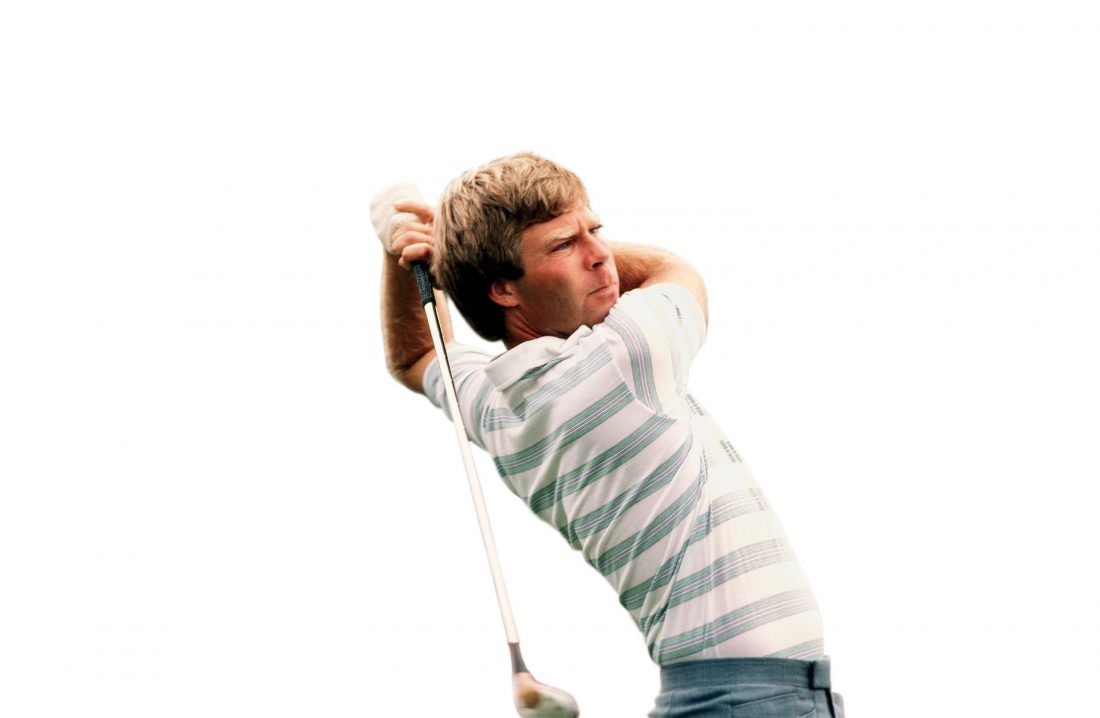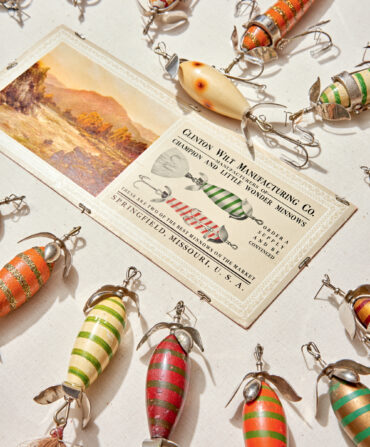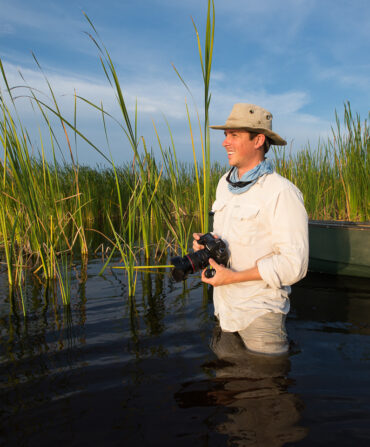I’m sure I’ll be emotional at my last Masters, but I’m okay with that—wouldn’t be the first time I shed a tear at Augusta National. I’ve competed there for forty-three years and won twice. The place is as much a part of me as I am of it. It has shaped who I am as a person, player, and course designer.
To see Augusta the way I do, you need to know that I love the land and believe that a well-designed golf course disturbs it as little as possible. I’m sure these ideas began to take hold when I was a kid, riding in the cart while my dad played at our local club, in Austin. Later, I took lessons from [longtime University of Texas coach] Harvey Penick. He was a remarkable man who would become like a second father to me.
Harvey taught me well. But nothing could have prepared me for my first Masters, in 1972. I’d watched it on TV, and read about the tournament and the course. Bobby Jones—who designed Augusta National with the British course architect Alister MacKenzie—was a hero of mine. But when I went out on the back porch of the clubhouse and laid eyes on Augusta for the first time, I thought, My God, the scale of this place is monumental. The rise and fall of the terrain was so much more dramatic than I could tell from TV. From tee to green, the 10th hole tumbles down 100 feet, and the 18th climbs 60 feet. Jones and MacKenzie used the terrain to make the course a terrific strategic challenge. They didn’t move much dirt. They laid it out in a way that’s wedded to the land.
I finished as the top amateur that year, earning a spot to play the following year, when I grabbed top amateur honors again. In 1974, my first Masters as a professional, I finished tied for 22nd with Raymond Floyd. Over the years I’ve finished in the top ten a total of eleven times, including my wins, in 1984 and 1995. By the time I notched that first victory, Carl Jackson, my caddie at Augusta, had been on my bag eight years. I knew the course well, not only from experience but also from Carl, who reads the greens better than anyone. Augusta has its own energy; you can feel it coming up through your shoes. Every step gives you feedback about the slope of a fairway or a green; you see the way the grass lays, which gives you cues about the speed and break of a putt. You’d best pay attention to those cues, because the Masters is won or lost on the greens.

Photo: Jeff Haynes/AFP/Getty Images
Gentle Ben
Carl Jackson supports an emotional Crenshaw after his 1995 Masters win.
During the final round in 1984, I sank a 60-foot putt on 10 that broke left a good 10 feet on its way to the hole. That gave me a two-stroke lead, and very nearly a heart attack. I told myself, Ben, you have to calm down, there’s a lot of golf left. On the 14th green, one of the toughest because it runs off at the edges and has so much break in it, I had about 90 feet for birdie. I had to putt the ball a smidge past the crest of a ridge 75 feet away so it would roll to the hole. The ball stopped on top of the ridge. I had 15 feet to go, downhill, with about two feet of break. I barely nudged the ball, and somehow it dropped in. That putt is the one that won me my first green jacket.
My second win at the Masters was by far the most memorable. To this day, twenty years on, I find myself daydreaming about it. I was having lunch at Augusta the Sunday before the tournament. Tom Kite, my longtime friend who also lives in Austin and was taught by Harvey, called and told me that our mentor had passed away. Just a week earlier I’d seen Harvey. He was bedridden, but he insisted on giving me a putting lesson, motioning with his hands and struggling to speak. It was surreal to be back in Austin just nine days later, serving with Tom as a pallbearer at Harvey’s funeral.
I was a bit frazzled, to put it mildly, when I returned to Augusta on Wednesday night. But during the first round the next day, I felt Harvey’s hand on my shoulder, moving me along. I was playing in a trance—and shot 70, followed by three rounds in the 60s. Harvey was on my mind the whole way, and Carl was by my side, giving me the sense of security and continuity that I could not have gotten any other way.
Three days later, I tapped in the final putt—and I really let go. I doubled over and held my face in my hands. I felt the tears soaking my palms. I stood up and leaned into Carl. He put his arm around me and said nothing. But we knew why I’d won. It was for Harvey.








